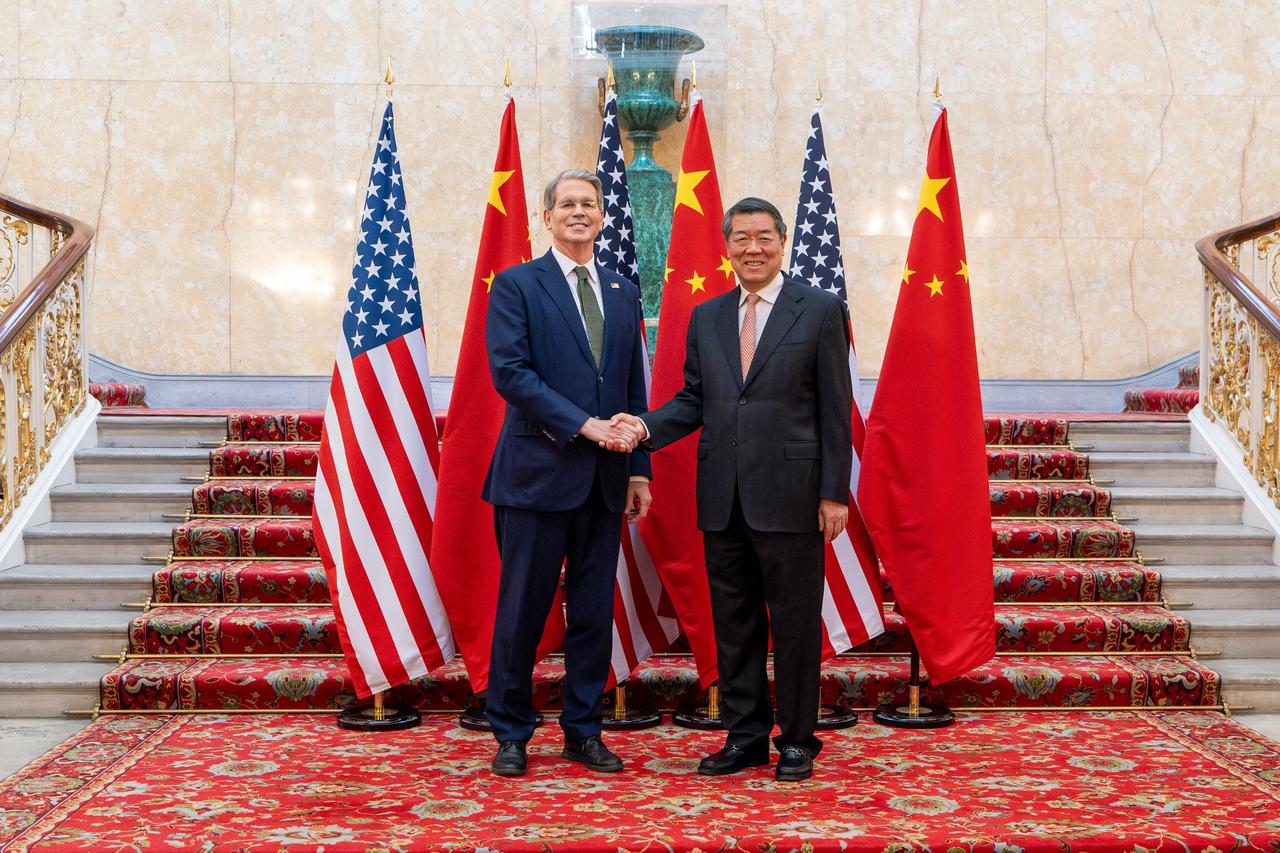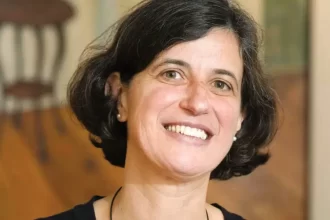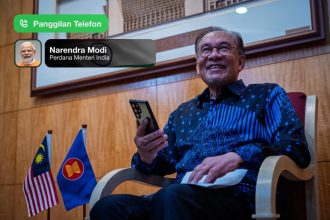After months of rising tensions and uncertainty, the United States and China have made a meaningful breakthrough: a mutual understanding on a framework to move forward with a trade agreement. The progress was made during two days of quiet, high-stakes discussions in London — signaling a welcome shift from confrontation to cooperation.
The talks took place at Lancaster House, a stately 200-year-old building near Buckingham Palace, where top officials from both countries met face-to-face. On the Chinese side, Vice Premier He Lifeng led the delegation, joined by Commerce Minister Wang Wentao and Vice Minister Li Chenggang. Representing the U.S. were Commerce Secretary Howard Lutnick, Treasury Secretary Scott Bessent, and Trade Representative Jamieson Greer.
The atmosphere, while formal, had a sense of urgency. “Talks are going well,” Lutnick shared with reporters on Tuesday morning. “We’re committed to working through the day.” And they did — working to rebuild trust after a series of disputes had threatened to derail progress.
Just last week, Presidents Donald Trump and Xi Jinping held a lengthy phone conversation — a rare and direct effort to defuse rising tensions. Their dialogue paved the way for this week’s talks in London, which revisited a previous agreement reached in May during discussions in Geneva. That initial deal had paused some of the most punishing tariffs, offering hope to industries rattled by a bruising trade conflict.
However, since Geneva, issues like semiconductor technology, visa restrictions for Chinese students, and rare earth exports have reignited tensions. China, which holds a critical share of the global rare earth market, recently hinted it might ease restrictions — a move that caught the attention of automakers and tech companies globally.
In turn, China has called on the U.S. to lift its own restrictions — particularly around the advanced technology needed for chip manufacturing.
President Trump’s message remains clear: “We want to open up China. If we don’t open up China, maybe we won’t do anything.” It’s a bold stance, but the talks in London suggest both sides are now more willing to listen, engage, and — perhaps — meet halfway.
While the full details of the framework remain under wraps for now, this step signals something rare in global diplomacy: a flicker of mutual respect in a relationship strained by suspicion. It’s far from over, but for the moment, the world’s two largest economies are talking again — and that’s a reason for cautious optimism.








